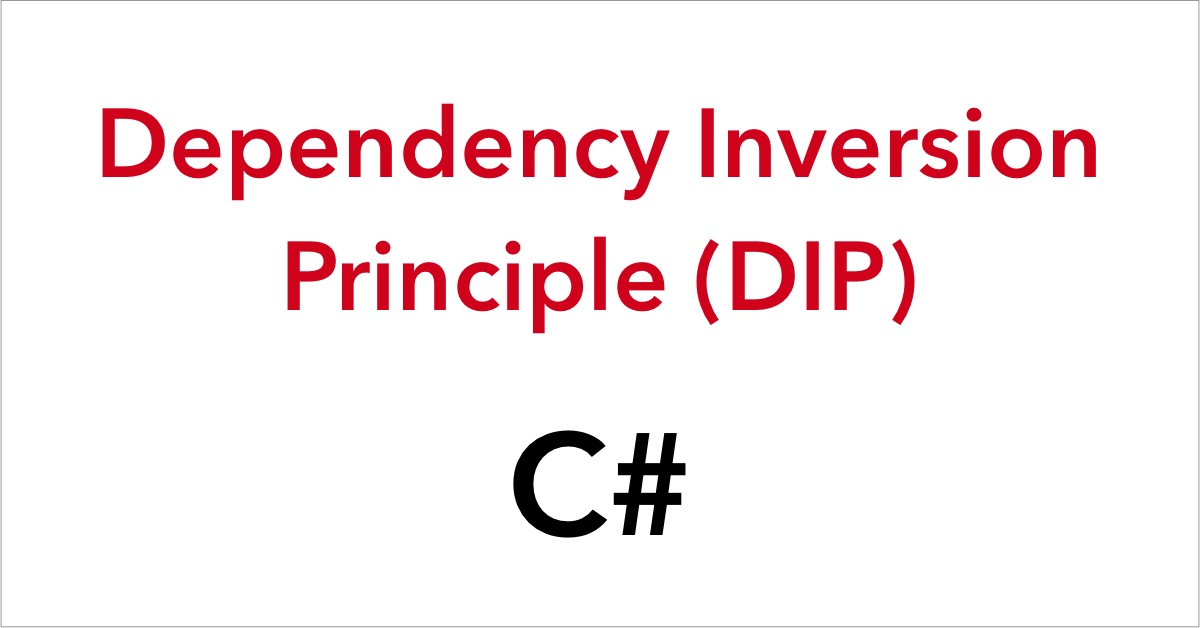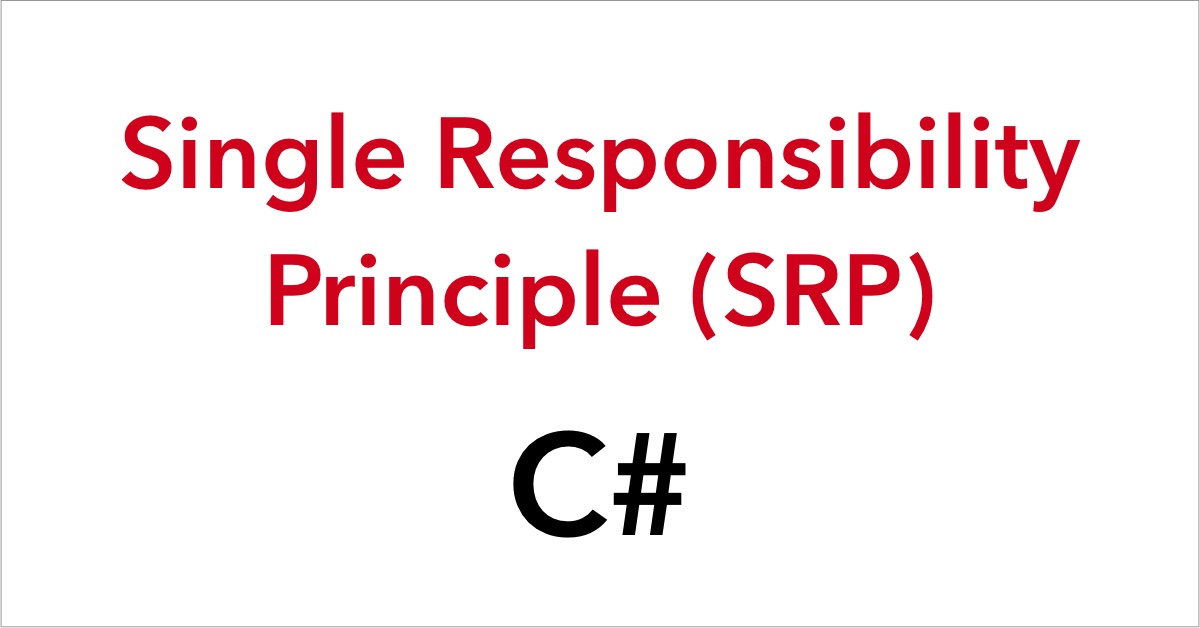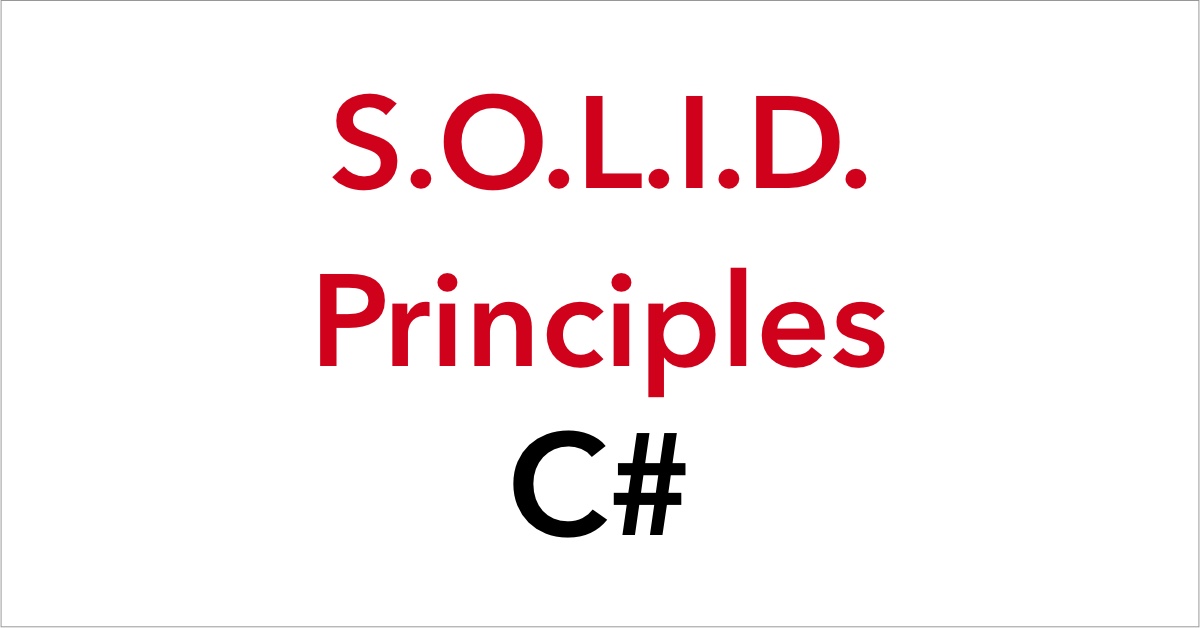Review of NDepend: A Swiss army knife for .NET developers
Some time ago, I had the privilege of being contacted by Patrick Smacchia, CEO and lead developer at NDepend to try out NDepend v2023. Having never used NDepend before, my curiosity was naturally piqued. In my daily role as Senior Software Engineer, we extensively employ static code analysis tools as part of our Azure DevOps […]





